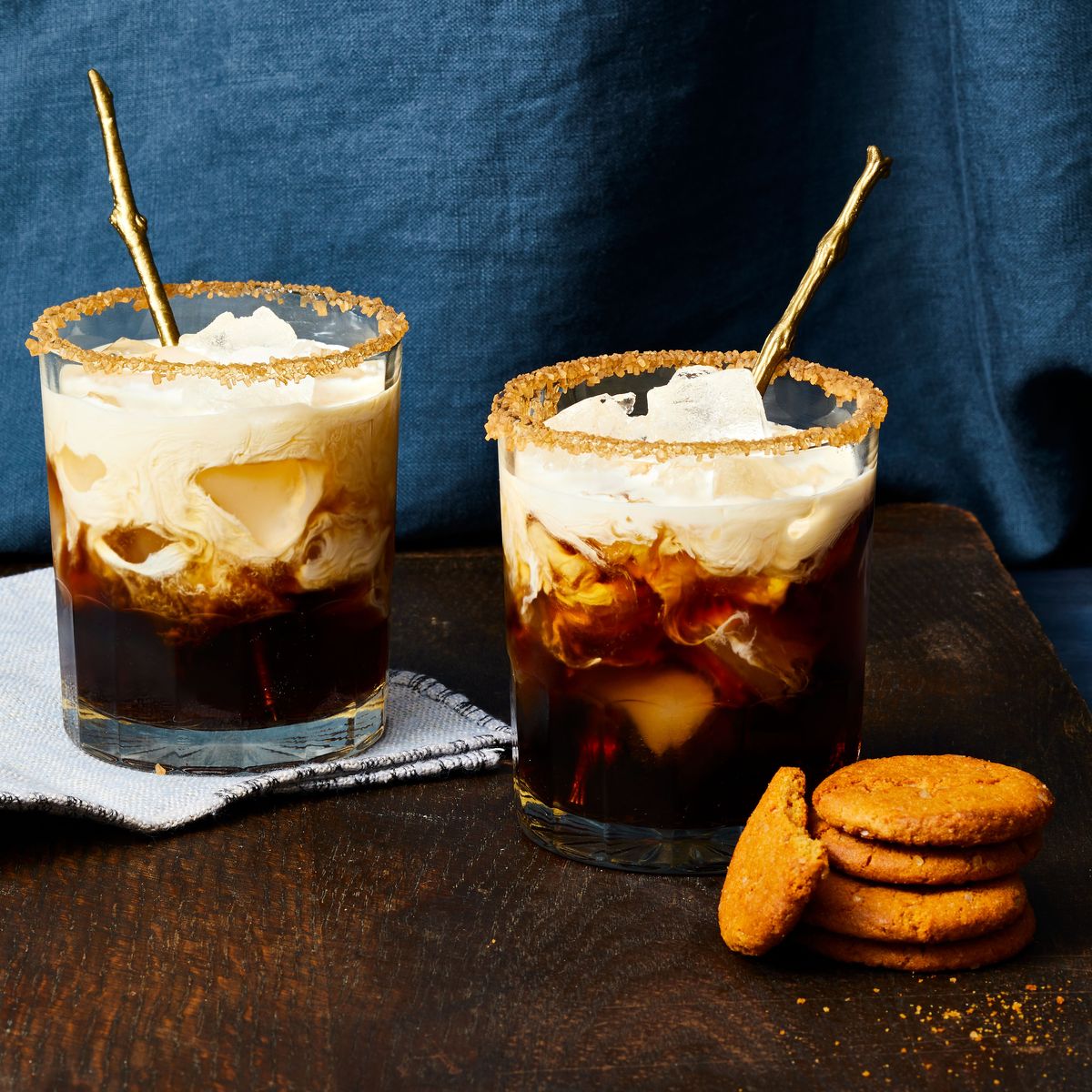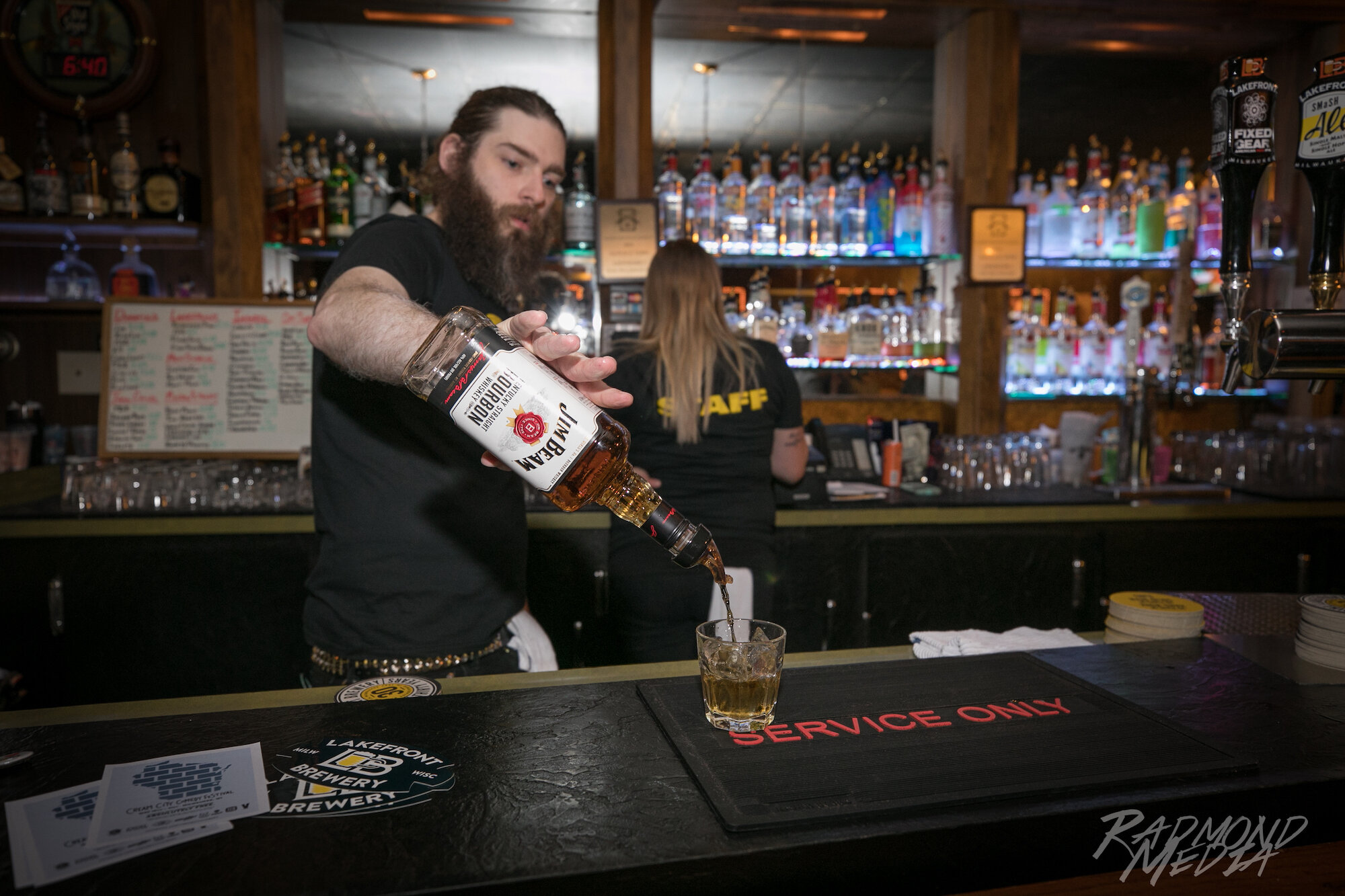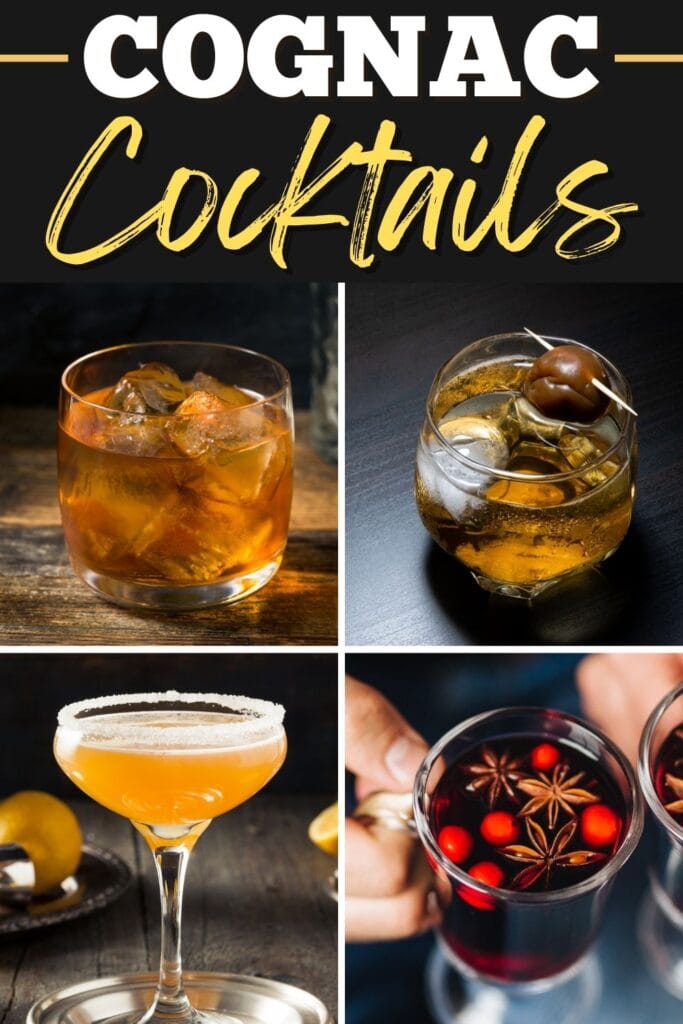
For bartenders to succeed, it is important to have a good knowledge of bartenders' lingo. Bartenders use slang that is both funny and clever. Others terms can be more serious. The right language can make it easier for a bartender understand what the customer wants.
The word "shot" is used frequently in bartender slang to describe drinks that are served in small glasses. These "shots" are served with no food. They are made with hard liquors like vodka and Bourbon. Some shots can be used in a drinking game. This drink is often used to get drunk quickly. These drinks are typically served during a special occasion.
A "chaser" is a drink that is consumed after the shot is consumed. In the beginning, "chaser," meant to take a few sips of a drink to reduce the aftertaste. It is also used to mean a small amount of liquid.
In the 1800s, the term "taking a shot" was used to refer to taking a risk. In the middle 19th century, shots could be served in glasses or cups at coffeehouses and taverns. Today, "shots" are most commonly served in a game.

"Buy Back" is a drink that is complimentary to a patron. A regular customer may send the drink to a local bar where the bartender prepares the drink and returns the drink back to the customer. This can be advantageous as the bartender is not required to spend any money to make the drink.
"Sour beer" is a term that has a wide range of meanings. It could refer to beer that is bitter, like gueuzes. Unfiltered beer can also be used, such American wild ales or Berliner weisses. It can also be used to refer to beer that is aged like lambics. These terms are very common among beer geeks.
Speed rail liquors are organized in a specific order on the shelf to make them easy to locate. These liquors tend to be lower quality but still high in alcohol. Bourbon, vodka (or vodka), rum, rum, and brandy are some the most commonly ordered liquors on speed rail. These drinks are not considered top-of-the-line, but they are among the most ordered liquors.
A cocktail recipe is called a "spec". It can refer to a particular recipe, or it could simply be a description. It can also be used for describing the quantity of each ingredient within a cocktail.
A "drainpour" is a drink poured out of a plastic bottle. Drinks that are "neat", or poured directly from the bottle into glass with no ice, would be called "drain pour". A Martini that has very little vermouth is called a "dry" drink.

Bartenders use the "Last Call" term to describe drinks made straight from the bottle. A drink called "neat" is one that is served at room temperature, without ice. A "drink" is a drink that is not served with ice.
A "behindstick" is a term that describes the bartender who works behind the counter. This term may have been inspired by wooden handles found on beer taps. However, it is not a universally used word in bars.
FAQ
What is the distinction between a cocktail or a mocktail?
A cocktail is made with liquor. A mocktail is made with fruit juice.
What is a shaker?
A shaker allows you to combine multiple ingredients. The shaker includes a strainer to remove any solids. The lid helps to prevent any unwanted odors from escaping during shaking.
What are some good mixed drinks you can order at a bar.
I would recommend the Old Fashioned. This classic cocktail consists of bourbon whiskey mixed with sugar syrup, bitters, water, and other ingredients.
The name comes from the fact that this drink was originally served without ice. The original recipe contained only whiskey, sugar and bitters.
People started to add ice to the mixture and they added "Old-Fashioned", to the title, because they thought the old-fashioned version tasted more delicious.
A Manhattan is also an option. This is another great option. It is basically a variation of the Old Fashioned. Instead of using bourbon, you use rye whiskey. You also use sweet vermouth instead of sugar.
Bartenders love this recipe because it is simple to make and tastes great.
How can you tell if a beverage is strong?
The alcohol in strong drinks is higher than that of weaker drinks. The amount of alcohol in a drink is measured in proof. One proof is one part alcohol for every 100g of grain alcohol volume. So a 12 oz. bottle of wine would be ten proofs, and a 16 oz. Beer would be 13 proofs and 40 oz. 45 proofs for a bottle scotch.
Statistics
- The tequila should be 100 percent agave, not the cheaper “mixto” products, which blend a minimum of 51 percent agave with other sugars. (cooking.nytimes.com)
- American blended whiskeys are so inexpensive because they only have to contain 20 percent whiskey; the rest can be made up of neutral grain spirits, colorings, and flavorings. (mashed.com)
- According to a post on Quora, the average bartender can make upward of 140 drinks per hour. (gloworder.com)
- with a light percentage of 4.2% or any with a light percentage of 4.2% or any Coors/Bud/Miller Lite, which also is 4.2% (breakingtheboredom.com)
External Links
How To
How to make the best Manhattan cocktail
One of the most well-known cocktails in the world is the Manhattan. Harry Craddock first described it in his book "The Savoy Bar Book" (1930). The cocktail is made up of equal amounts of sweet, dry, and rye whisky. It's mixed with ice cubes. Some people add bitters or orange juice, maraschino cherries, or Angostura Bitters. Many variations of the Manhattan recipe exist, including the Old Fashioned.
Manhattan is a classic cocktail made from four ingredients and served straight up in a chilled glass. The Four Deuces cocktail was first created in the 19th century. It consisted of two measures whisky, two measurements of rye and two measures gin. Bartenders and drinkers still love the original recipe.
Some prefer to make bourbon, others prefer to make rye. Both can be equally effective. Make sure to use equal amounts of each ingredient when making Manhattans. Two shots of rye, two of sweet vermouth and four of dry vermouth are enough to make a Manhattan. Eight shots of Gin is sufficient. Let them sit for fifteen minutes before mixing. Strain the mixture and serve. Serve with a maraschino cherry, or a twist lemon peel.